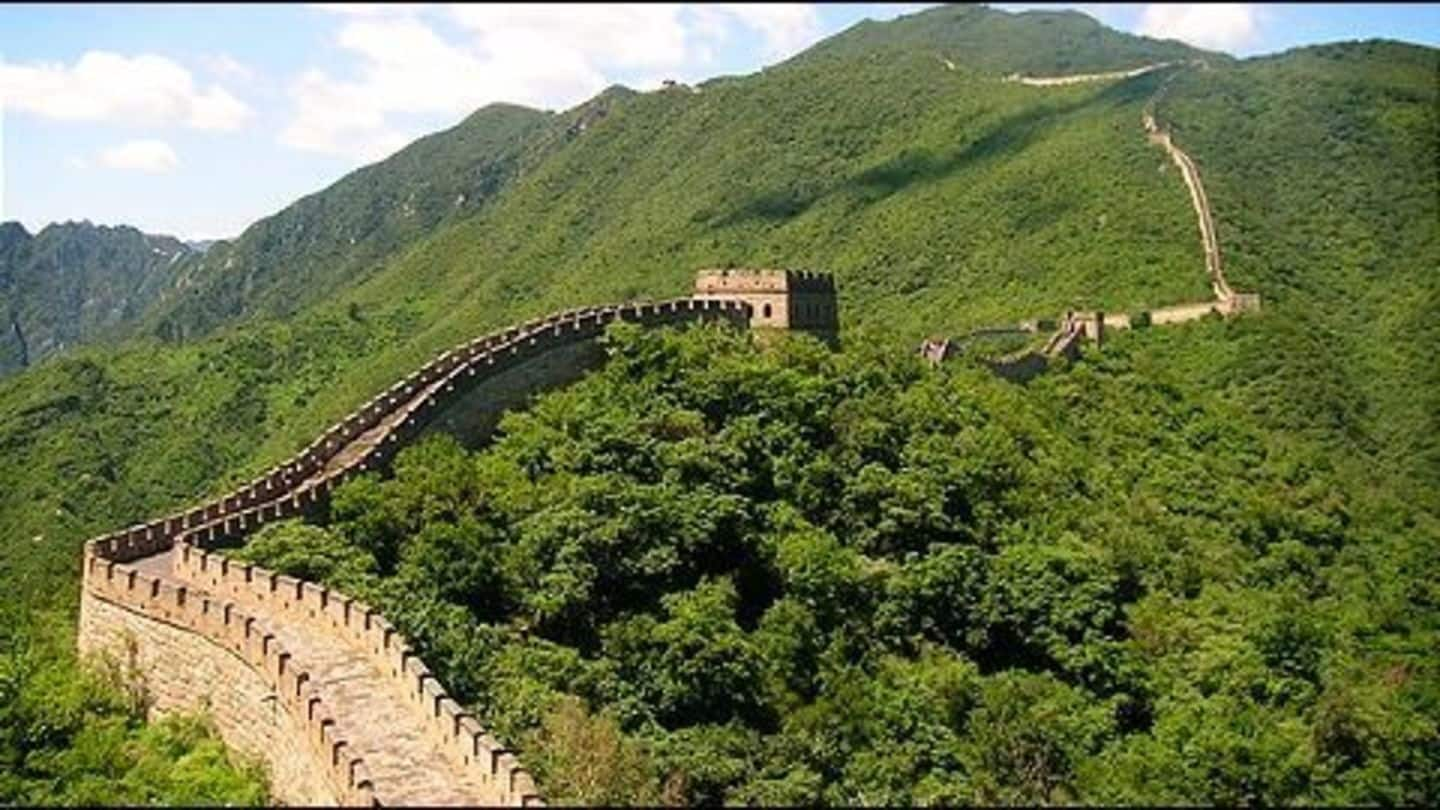
Great Wall of China facing danger of deterioration
What's the story
World's only man made structure that can be seen from the moon, the Great wall of China, is slowly deteriorating due to human and natural degradation. Almost 1,962 kilometres of the wall has degenerated over the years. Lulong county villagers in the northern province of Hebei have apparently knocked the thick grey bricks off, many of which had engravings on them.
1986
Statue of Liberty turning green with corrosion
The Statue of Liberty which is the worldwide symbol of freedom is fast corroding. When it was first assembled it was dull brown in colour because of copper which has now turned green because of oxidation. Major restoration works were done from 1984 - 1986 giving it a coating and sealant application to counter corrosion.
2 Dec 2010
Taj Mahal losing its romantic sheen
A recent government survey highlighted that Taj Mahal is fast corroding due to pollution. The report, amassed by National Environment Engineering Research Institute, revealed that the steps taken to preserve the tomb were failing leading to irreparable damage because of pollution. The Rs.300 crore government funding has checked the yellowing of the marble but not fast enough to keep pace with the increasing pollution.
7 Jul 2011
Machu Picchu threatened by human interference
Heavy flow of tourists and a slack administration are posing a great threat to Peru's wonder. Juan Julio, regional director of Peru's culture ministry said that soil erosion and destruction of vegetation was on the rise too. The UNESCO in 2008 declared that Machu Picchu had "urgent problems with deforestation, the risk of landslides, uncontrolled urban development and illegal access to the sanctuary."
Historical
City of Lord Krishna succumbed to global warming
Scientifically speaking, the under-water kingdom of Lord Krishna - Dwarka in the Gulf of Cambay, is said to be submerged due to rising water levels due to global warming.
24 Sep 2013
Mysterious moai at the brink of extinction
Mysterious moai, or the giant stone statues of Rapa Nui, also called Easter Island in Chile are extremely friable, fragile and not "going to last forever", according to archeologists who have been studying them for 30 years. The degeneration is due to rain, strong winds and extreme summer conditions. Some of the oldest moai have been already reduced to soil.